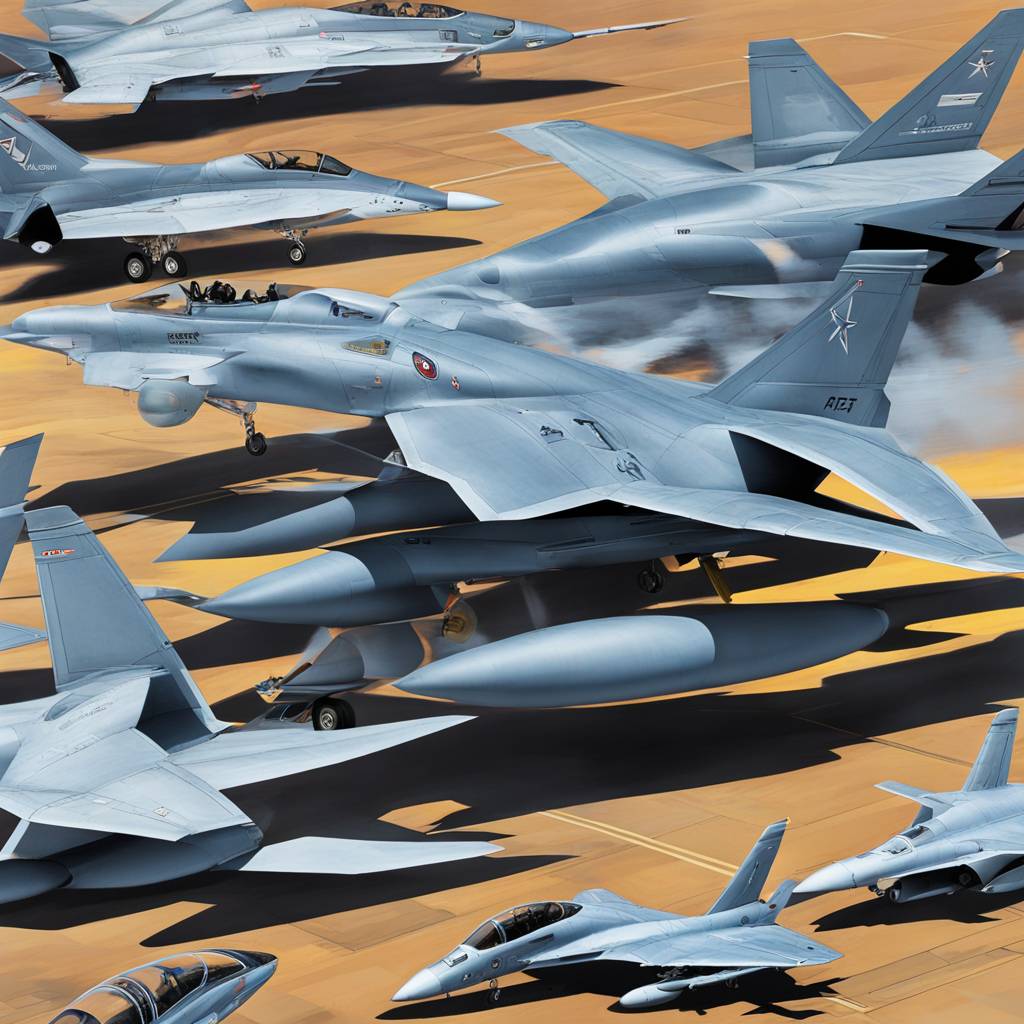The Lockheed Martin F-22 Raptor, the most powerful and sophisticated fighter in the world, is nearing its third decade of service and retirement. Despite its impressive capabilities, the Air Force is hastening the F-22’s demise due to its limitations, particularly its range. The flying branch is investing billions of dollars to develop a radar-evading jet without the F-22’s main problems to take its place. The decision to replace the F-22, which has been in service for less than 30 years, highlights the Air Force’s anticipation of future conflicts, particularly in the western Pacific region during potential conflicts with China.
The F-22, which first flew in 1990 and completed development in 2005, has been a key asset in various military operations, including the fight against the Islamic State and ongoing deployments in regions to deter potential adversaries. However, the jet’s limited range poses a significant challenge in the Pacific theater, where the closest air base for a potential conflict with China over Taiwan is 450 miles away. This distance limitation has led USAF officers to prioritize the use of long-range heavy bombers in planning for such scenarios, diminishing the role of the F-22 and other fighters.
The Air Force’s decision to retire the combat-capable fleet of 150 F-22s starting in 2030 is aimed at saving funds to accelerate the development and production of the Next-Generation Air Dominance fighter (NGAD), which is expected to surpass the F-22’s capabilities in terms of stealth, sensors, and range. The NGAD program, which has been in development since 2020, is specifically designed for potential conflicts with China and is projected to cost billions of dollars in development and production costs. The Air Force’s investment in critical new technologies, such as underwing fuel tanks and infrared sensor pods, aims to enhance the F-22’s capabilities in the meantime.
The introduction of underwing fuel tanks and sensor pods on the F-22, designed to minimize radar detection and enhance target detection without revealing the jet’s position, represents efforts to address the jet’s limitations in endurance. The extra fuel capacity provided by the tanks can extend the F-22’s range, making long flights over the Pacific more feasible. While these enhancements may offer some temporary relief, the urgency to replace the F-22 remains a top priority for the Air Force, given the evolving nature of modern warfare and the strategic challenges posed by potential adversaries.
The NGAD fighter, expected to enter service around 2030, is positioned as a more advanced and capable successor to the F-22, specifically tailored for potential conflicts with China. With its focus on enhancing stealth, sensors, and range capabilities, the NGAD program underscores the Air Force’s commitment to staying ahead in air dominance capabilities. While the high cost and potential delays in the NGAD program are acknowledged challenges, the Air Force remains focused on ensuring that the replacement for the F-22 meets the evolving requirements of modern warfare and strategic deterrence in contested regions.















